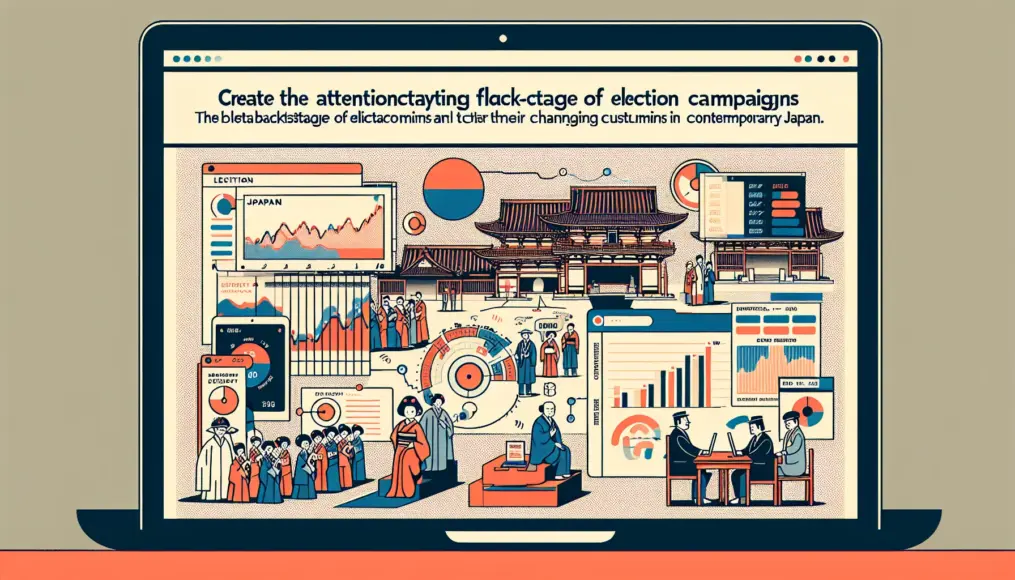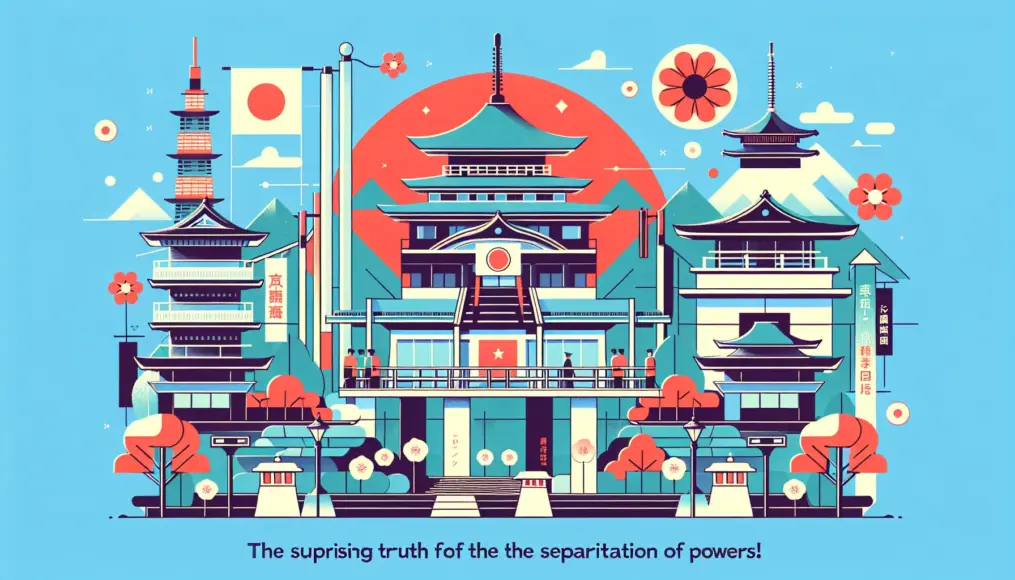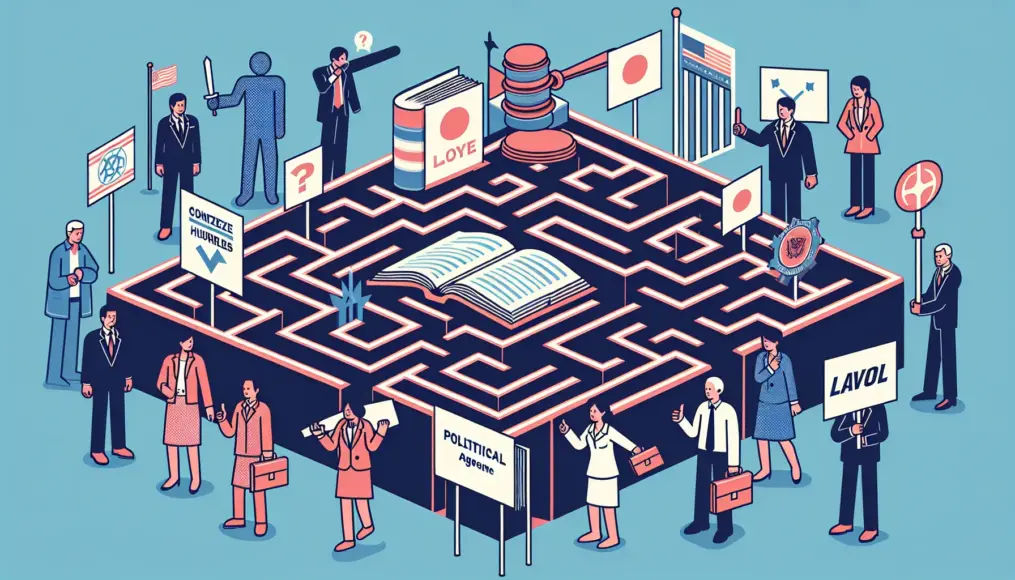Election campaigning in Japan has undergone significant transformations throughout its history. With the establishment of democracy after World War II, the electoral system evolved dramatically, yet traditional methods remain vital in the political landscape. In this article, we will delve into the historical context of election campaigning and explore the changes that are shaping it today.
In recent years, advancements in technology have begun to reshape the way campaigns are conducted. Notably, there has been a surge in youth participation, with social media emerging as a powerful tool for communication and engagement. How are these shifts impacting Japan’s political culture? Let’s consider the implications together.
We will take a closer look at the behind-the-scenes aspects of election campaigning and discuss what the future might hold. Don’t miss out on discovering the new trends that are emerging in this dynamic field.
- Historical context and traditional methods of election campaigning
- The role of modern technology and the impact of youth involvement
- The importance of social media and volunteer activities
The Historical Background of Election Campaigning in Japan
Election campaigning in Japan has undergone significant transformations throughout its history. Particularly in the post-war era, as democracy took root, the electoral system experienced considerable development. This period saw a broader recognition of the importance of political participation, allowing ordinary citizens to wield greater influence. Today, election campaigns serve not just as a means for candidates to promote themselves, but also as a crucial channel for reflecting the opinions of the populace.
In this article, we will delve into the evolution of the electoral system since the war and explore traditional methods of campaigning. Understanding how these elements have shaped contemporary election activities will provide valuable insights.
Development of the Post-War Electoral System
After the war, Japan’s electoral system underwent a major overhaul. The establishment of the new constitution in 1947 marked a pivotal moment, introducing universal suffrage and granting voting rights to all adults. This shift expanded political engagement and ensured that a wide array of opinions would be represented in politics.
The electoral system continued to evolve, incorporating proportional representation and electoral district systems, which have made elections fairer. As a result, local voices and candidates with specific viewpoints are now more likely to be elected, adding to the diversity of election campaigns.
- Universal suffrage established in the post-war electoral system
- Expanded political participation and representation of diverse opinions
- Implementation of proportional representation and electoral districts for fairer elections
Traditional Campaigning Methods
Election campaigns have long relied on traditional methods that have been passed down through the years. These include street speeches, distributing flyers, and door-to-door visits. These approaches remain vital for candidates to communicate directly with voters.
Street speeches, in particular, are an effective way to engage with a large audience, allowing candidates to convey their charm and policies. Participating in local events is also key to building trust with community members. Such traditional methods form the backbone of election campaigning.
To truly grasp the history of election activities, it is essential to understand the electoral system itself. If you found this article interesting, you might also enjoy our piece on “What is Japan’s Electoral System? Exploring its History and Modern Challenges.” It provides a detailed explanation of the evolution of the electoral system and the challenges it faces, so be sure to check it out.
- Traditional methods include street speeches and flyer distribution
- Importance of direct communication
- Building trust through participation in local events
Changes in Modern Election Campaigns
Modern election campaigns are undergoing significant transformations due to advancements in technology and shifts in society. The rise of the internet and smartphones has fundamentally altered how information is shared, allowing candidates to reach a broader audience and diversify their campaigning styles. In this section, we will delve into the impact of technology and the participation of young voters in elections.
Embracing Technology
The evolution of technology has dramatically changed the ways candidates disseminate information during campaigns. By leveraging social media and websites, candidates can communicate directly with voters in real time. This capability enables them to rapidly spread their policies and ideals, enhancing the overall efficiency of their campaigns.
Moreover, the introduction of data analytics has allowed campaigns to better understand voter interests and preferences, leading to more targeted and strategic approaches. As a result, election campaigns are becoming increasingly personalized, making it easier to effectively engage with voters.
- Real-time information sharing via social media
- Strategic approaches through data analytics
- Enhanced efficiency and personalization in election campaigns
The Influence of Young Voter Participation
In recent years, the participation of young voters has garnered significant attention. This demographic often relies on social media for information, leading to a different perspective on political engagement compared to traditional campaigning methods. As young people’s opinions and values are increasingly reflected in elections, there is a growing demand for diverse policies.
Additionally, when young people engage in election activities, they influence other generations and contribute to an overall increase in voter turnout. This heightened interest in politics is anticipated to foster a healthier development of democracy.
If you’re intrigued by the changes in modern election campaigns discussed in this article, you might also find the piece on why voter turnout is declining: exploring the causes and solutions to be insightful. This article analyzes the multifaceted reasons behind the continued decline in voter turnout and offers concrete solutions to enhance political engagement. Be sure to check it out!
- Young voter participation promotes diverse policies
- Formation of new political consciousness through social media
- The impact of youth on increasing voter turnout
New Trends in Election Campaigning
Modern election campaigns are witnessing a surge of new trends. The rise of social media has notably transformed how candidates connect with voters. Additionally, volunteer activities have emerged as a critical element in this landscape. Together, these trends are reshaping the nature of election campaigning and encouraging greater civic participation. Let’s take a closer look at the role of social media and the importance of volunteerism in today’s electoral process.
The Role of Social Media
Social media has become an indispensable tool in contemporary election campaigning. Candidates can use these platforms not only to promote their policies and ideas but also to engage in two-way communication with voters. This real-time exchange of opinions enhances the transparency of the campaign process.
Moreover, social media allows candidates to directly reach specific demographics, particularly younger voters and niche interest groups, making targeted information dissemination more effective. As a result, election campaigns are now more impactful and engaging than ever before.
- The spread of policies through social media
- Two-way communication with voters
- The effectiveness of targeted information dissemination
The Importance of Volunteerism
Volunteer activities play a vital role in election campaigns as well. Many candidates leverage volunteers to broaden their outreach and strengthen ties with the local community. Volunteers are invaluable in helping candidates convey their ideals and garner support.
Furthermore, through volunteer work, young people and citizens gain more opportunities to engage in politics, fostering a heightened awareness of the importance of participating in elections. This, in turn, revitalizes democracy and increases the likelihood that local voices will be reflected in political discourse.
- Expanding campaign outreach through volunteers
- Strengthening connections with the local community
- Rising political participation awareness and revitalizing democracy
The Evolution of Political Culture in Japan
Japan’s political culture has undergone significant changes, particularly through the lens of election campaigns. These campaigns are not just political events; they serve as crucial indicators that reflect the values and consciousness of society. By examining the shifts from the post-war era to the present day, we can better understand how political culture has evolved. This section explores societal changes as seen through election campaigns and offers insights into the future of these activities.
Societal Changes Reflected in Election Campaigns
Election campaigns act as a mirror reflecting the social trends and concerns of each era. For instance, in the aftermath of World War II, the emphasis was on establishing democracy and encouraging political participation among citizens. During the subsequent economic growth period, economic policies took center stage, turning election campaigns into platforms for advocating economic interests.
More recently, issues such as environmental sustainability and social justice have emerged as prominent themes in election campaigns. As a result, candidates are now expected to go beyond mere political statements and present concrete solutions to broader societal challenges.
- Election campaigns reflecting societal values
- Promotion of political participation since the post-war era
- Emerging themes like environmental issues and social justice
A Glimpse into the Future of Election Campaigns
The future of election campaigns will likely continue to evolve alongside technological advancements. As digitalization progresses, we may see the rise of new forms of campaigning, such as online outreach and remote voting. This could make participating in elections more accessible to a larger number of people.
Furthermore, as the opinions of younger generations gain more importance, the nature of politics is also expected to shift. With a growing demand for policies that reflect the needs and perspectives of young people, election campaigns will need to diversify and innovate in order to garner support from a broader audience.
If you’re interested in the changes in election campaigns, you might find this article, “Exploring the Cultural Impact of Election Campaigns and Political Activity,” particularly engaging. This piece delves into how election campaigns have influenced Japanese culture, examining developments from historical contexts to modern times. It serves as a valuable resource for gaining a deeper understanding of the impact of political activities on society.
- Changes in election campaigns due to digitalization
- Rise of online campaigning and remote voting
- Importance of diverse policies that reflect young people’s opinions
Summary
Election campaigns are a vital reflection of Japan’s political culture and societal changes. Since the post-war development of the electoral system, these campaigns have continuously evolved, particularly with the rise of technology and increased participation from younger voters. The importance of social media and volunteer activities has grown significantly, fostering more vibrant communication between candidates and voters, and sparking greater interest in politics.
Looking ahead, we can expect a future of election campaigns that is increasingly digital, making it easier for more citizens to get involved. As societal issues gain more attention, campaigns are likely to become even more diverse, calling for policies that represent a wider range of perspectives.
- Election campaigns reflect political culture and societal changes
- Social media and volunteer activities play crucial roles
- The future of election campaigns will see increased digitalization and diversity
Let’s keep an eye on the changes in future election campaigns and actively participate ourselves. We look forward to hearing your thoughts and feedback in the comments!



Comment